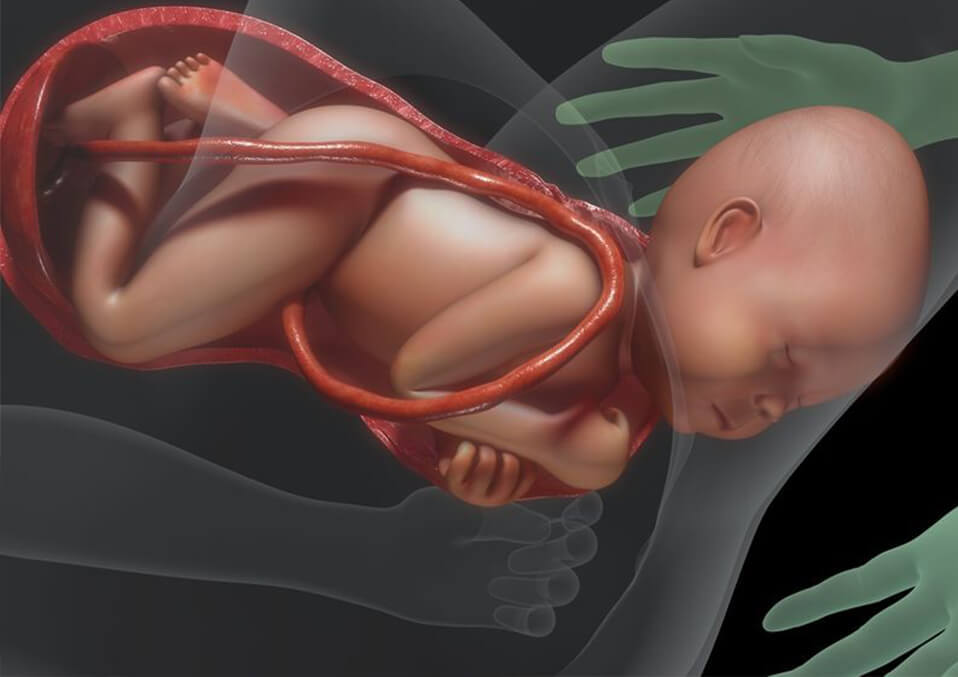
Sometime in the last several weeks, one of the implications that labor is near you is that your baby has been pushing down in your abdomen. Most first-timers realize that their children fall in two weeks after delivery, although some mothers fall in just four weeks before D-day (day of delivery).
Second-time moms often discover that their children do not fall until work is started. It is because the pelvic muscles of the mother have already been stretched and no warm-up is necessary.
What happens: baby dropping at 35 weeks

The baby’s head settling into the pelvis is also known as the “light” because the bottom load appears to be lower and lighter or “engagement.” You will feel and look distinct, regardless of whether you are child drops, lightens, or engages.
Your breasts probably don’t touch your abdomen’s top anymore. You may feel the baby’s head resting just under the center of your pelvic bone.
Every female is definite when it happens. There is no precise day or week for ladies to assume their baby to drop. For some women, dropping babies takes place just as labor begins or just hours earlier. It can occur for other women only a few weeks before labor starts.
Baby dropping could be more close to delivery for women who had babies before. Because their bodies have been working previously, their pelvis may need less time to adapt to the process.
Women who are first pregnant may discover that a child drop happens some days or weeks before birth. It may be because your pelvic muscles have to adapt to the birth location before the labor starts.
If a woman thinks her baby’s gone, she should talk with a physician. The doctor can inspect the baby’s situation, which helps him estimate when labor can start.
What are the signs of dropping?

Unfortunately, when your child will drop, there is not a great way to predict. That’s because, for every female, it’s unique. Sometimes babies don’t fall until the start of delivery.
Women generally realize that their child has fallen about two weeks before delivery in their first pregnancy. For females who had earlier children, it is difficult to predict. But if your baby drops before labor, you can see some signs.
1. You can easily breathe.
When a child drops, they fall into your pelvis physically. It implies that your diaphragm is slightly less pressurized so that you can breathe easier.
2. You could feel much more stress.
Once your child falls, you may notice a significant increase in your pelvis stress.
It could be a moment when you develop an essential “waddle” pregnancy as you adjust. It may be the same sensation as wandering around with a bowling ball between your legs.
3. You see the flow enhanced.
Once your child drops, their head presses more on your cervix physically. It will assist your cervix in starting labor thinly and dilate. The uterus will thin by removing the mucus plug, which blocks the cervical opening.
In the last weeks of pregnancy, you may notice an enhanced discharge that comes out in pieces like real mucus. Or, it could just be a thicker discharge stream.
4. You go to the bathroom more often.
Is your baby’s head lower on your bladder and baby gains a pound per week? This equation corresponds to bath journeys every 10 seconds roughly. Welcome to pregnancy termination.
5. You’re getting pelvic pain.
A strange symptom of your child drop is that there are “zings” of pain in your pelvic region. These are due to the pressure on many ligaments in your pelvis by the baby’s head. You might realize that when you move some way. Or pain could come out of nowhere. It occurs when the child adapts to his new situation.
Remember, tiny pain twinges in your pelvis can be a sign of the fall of your child. However, if you have frequent, steady pain, see your doctor. The same applies to other symptoms such as fever, bleeding, or fluid loss.
What should you do if your baby doesn’t drop?

If you are going to work before you drop, you may have a longer working time as it takes time for your child to move into place. You can do particular stuff to assist your child in dropping.
Before trying one of these, check with your physician:
Brisk walking
Being upright and always moving will lead to a mixture of severity and the gentle rocking of the child in your cervix.
Do squats
These can enlarge your pelvis so that your child can get engaged. Hold your squats on a robust chair because your equilibrium may be a little off.
Opening exercise in pelvic
Sit broad and lean forward with your feet to shift from your stomach to your pelvic. Do not fold your torso over your legs or go beyond your movement range.
Finally, understand that when you prepare for birth, your body follows what to do. No two pregnancies are the same, so speak to your obstetrician or midwives to help you believe your child should have fallen and has not been generally reassured.
Final words
Typically, baby drops occur towards the end of pregnancy. It can happen when work begins hours before or sometimes a few weeks back. Weeks before work is more probable for females who are first pregnant.
The dropping of babies can feel like an abrupt, notable move for some women, while others may not feel it. Baby drops or lightens can make breathing simpler and boost your appetite.
It is because there are more abdominal room and less organ pressure. When the child falls, pelvic stress can trigger pain. It is a good idea to talk to a doctor if your pain is constant or regular.
Read also:
- Healthy breakfast for pregnant women
- What you should expect during labor time
- What to expect on the last two weeks of pregnancy


